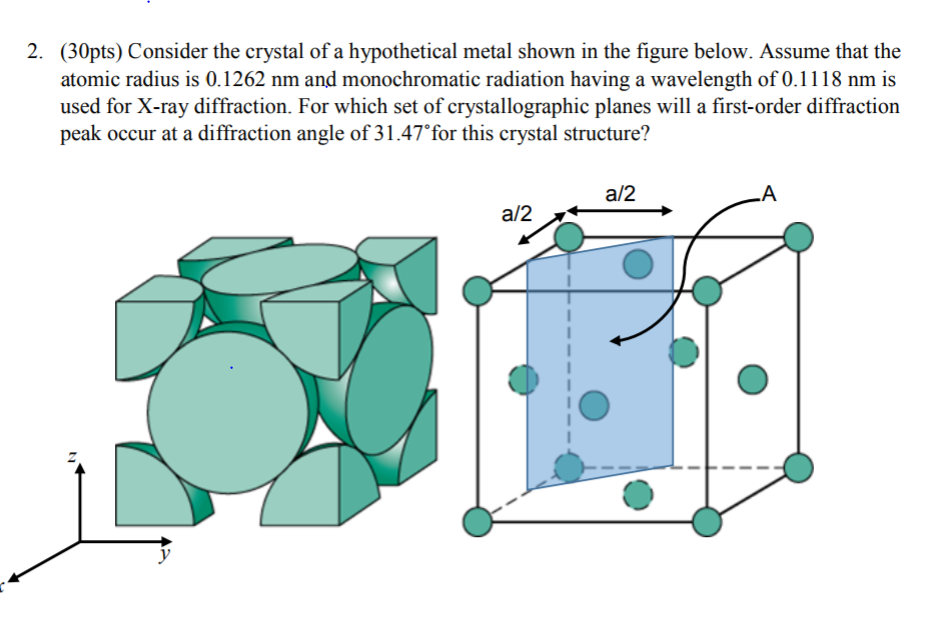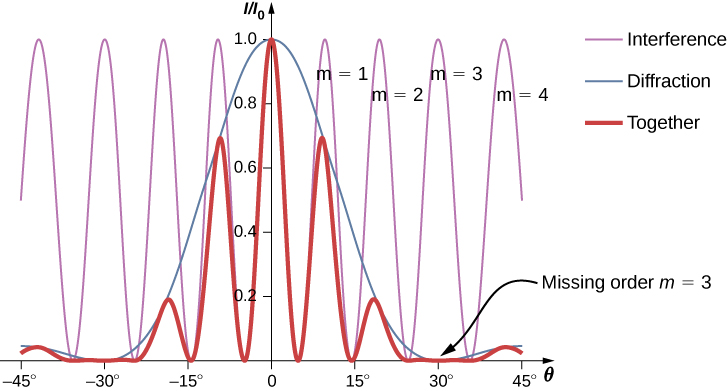

If light from a glowing gas, such as mercury vapor, passes through a diffraction grating, the separate spectral lines characteristic of mercury will appear. In this case the blaze angle is chosen such that the angle of the desired diffraction order coincides with the angle of the beam refracted at the grating material. Emerging light A first order diffraction angle (d) of -25° for visible light with a wavelength of 450 nm. The first order beam for light of longer wavelength, will travel at a greater angle to the central maximum than the first order beam for light of a shorter wavelength.

Blazed transmission grating īlazed gratings can also be realized as transmission gratings. The steps are tilted at the so-called blaze angle θ B \theta _\. The grating lines possess a triangular, sawtooth-shaped cross section, forming a step structure. Like every optical grating, a blazed grating has a constant line spacing d d, determining the magnitude of the wavelength splitting caused by the grating. Repeat the previous steps 2 and 3 to measure the diffracting angles on both sides for all other visible lines in first order for Mercury light. Answer Verified 221. The direction in which maximum efficiency is achieved is called the blaze angle and is the third crucial characteristic of a blazed grating directly depending on blaze wavelength and diffraction order. Since this condition can only exactly be achieved for one wavelength, it is specified for which blaze wavelength the grating is optimized (or blazed). The beams are perpendicular to the step and therefore. For a reflection grating, this means that the diffracted beam is back-reflected into the direction of the incident beam (blue beam in picture). Hence, at the first order diffraction angle, the path difference between the adjacent rays is exactly the wavelength of the light we use, so the light from. For this purpose, maximum optical power is concentrated in the desired diffraction order while the residual power in the other orders (particularly the zeroth) is minimized. The Littrow configuration is a special geometry in which the blaze angle is chosen such that diffraction angle and incidence angle are identical. It is optimized to achieve maximum grating efficiency in a given diffraction order. A blazed grating – also called echelette grating (from French échelle = ladder) – is a special type of diffraction grating.


 0 kommentar(er)
0 kommentar(er)
